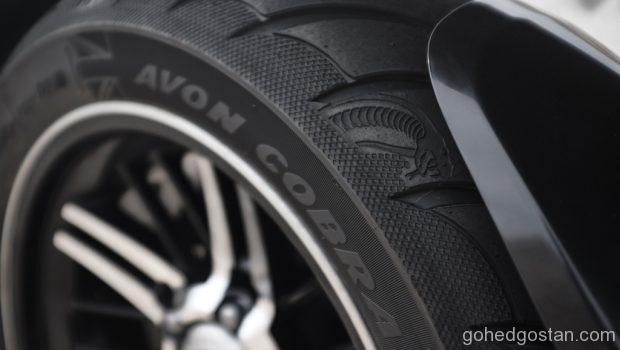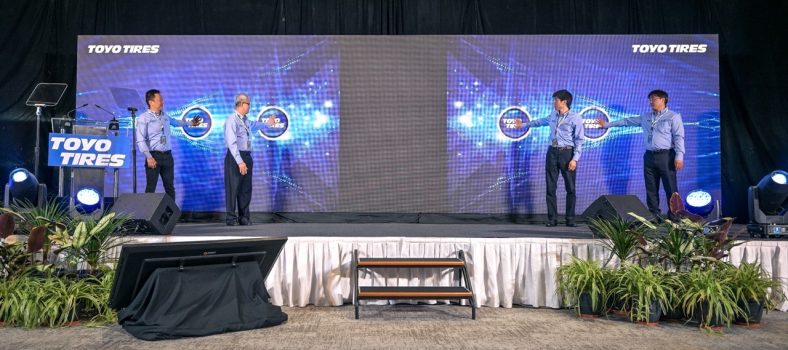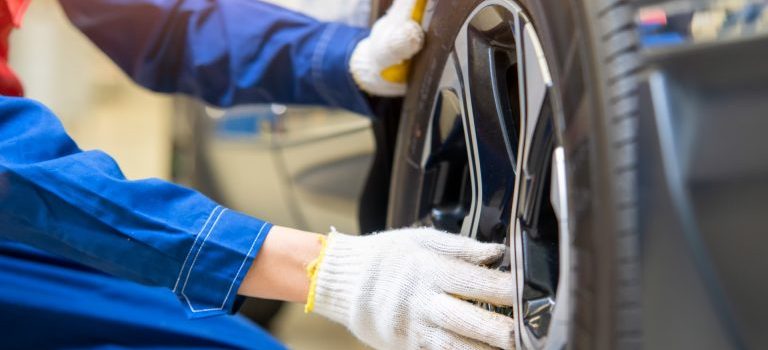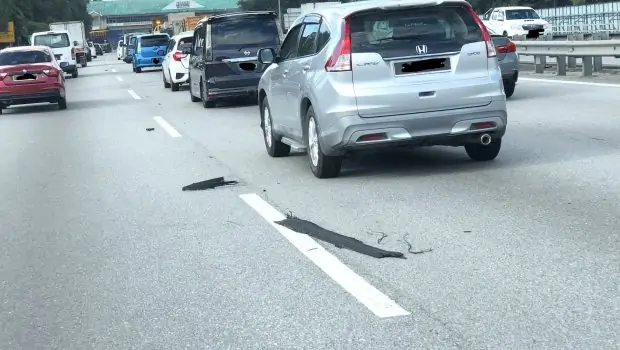Pencemaran Dari Kehausan Tayar 1000X Lebih Teruk Daripada Asap Ekzos
Keseluruhan pergerakan ke arah kenderaan pelepasan sifar tidak semestinya sama seperti yang difikirkan oleh pencinta alam, menurut kajian ini oleh Emissions Analytics, sebuah syarikat ujian kecekapan bahan bakar dunia sebenar yang berpangkalan di UK.

Menurut kajian yang dilakukan oleh syarikat itu, kehausan tayar dan brek menghasilkan pencemaran sehingga 1000 kali lebih teruk daripada pelepasan ekzos. Dan kerana SUV dan kenderaan elektrik kedua-duanya lebih berat daripada hatchbacks konvensional dan sedan, ada kemungkinan besar sesuatu seperti Model Tesla Y mengeluarkan lebih banyak bahan pencemar dalam seumur hidupnya daripada Civic!
Contoh yang diberikan oleh Emissions Analytics meletakkan tayar yang dengan tekanan angin yang betul mencemarkan sekitar 5.8 gram zarah setiap kilometer sementara pelepasan ekzos berada pada kira-kira 4.5 miligram zarah.

Apa yang merisaukan adalah bahawa tidak ada banyak peraturan-peraturan tentang pelepasan yang bukan dari ekzos. Kesatuan Eropah dan badan penyelia yang lain lebih obsesif dengan memaksa pengeluar membina enjin yang lebih kompleks, lebih sukar untuk dibaiki demi mengurangkan pelepasan ekzos dan mereka telah mengabaikan sepenuhnya aspek pencemaran yang lain ini.
Oleh sebab itulah, jika anda ingin mengurangkan pelepasan, cara terbaik adalah untuk memandu kereta yang lebih ringan dengan cara yang lebih santai dan mudah diprediksi. Dalam masa yang sama, kami menyeru pengeluar tayar dan brek untuk menyelesaikan masalah ini dan menghasilkan lebih banyak produk mesra alam.

Siaran Media Emissions Analytics
Harmful particle matter from tyres – and also brakes – is a very serious and growing environmental problem, one that is being exacerbated by the increasing popularity of large, heavy vehicles such as SUVs, and growing demand for electric vehicles, which are heavier than standard cars because of their batteries.
What’s more, vehicle tyre wear pollution is completely unregulated, unlike exhaust emissions which have been rapidly reduced by car makers thanks to the pressure placed on them by European emissions standards. New cars now emit very little in the way of particulate matter but there is growing concern around ‘non-exhaust emissions’.
Non-exhaust emissions (NEE) are particles released into the air from brake wear, tyre wear, road surface wear and resuspension of road dust during on-road vehicle usage. No legislation is in place to limit or reduce NEE, but they cause a great deal of concern for air quality.
NEEs are currently believed to constitute the majority of primary particulate matter from road transport, 60 percent of PM2.5 and 73 percent of PM10 – and in its 2019 report ‘Non-Exhaust Emissions from Road Traffic’ by the UK Government’s Air Quality Expert Group (AQEG), it recommended that NEE are immediately recognised as a source of ambient concentrations of airborne particulate matter, even for vehicles with zero exhaust emissions of particles – such as EVs.
To understand the scale of the problem, Emissions Analytics – the leading independent global testing and data specialist for the scientific measurement of real-world emissions – performed some initial tyre wear testing. Using a popular family hatchback running on brand new, correctly inflated tyres, we found that the car emitted 5.8 grams per kilometer of particles.
Compared with regulated exhaust emission limits of 4.5 milligrams per kilometer, the completely unregulated tyre wear emission is higher by a factor of over 1,000. Emissions Analytics notes that this could be even higher if the vehicle had tyres which were underinflated, or the road surfaces used for the test were rougher, or the tyres used were from a budget range – all very recognisable scenarios in ‘real world’ motoring.
About Emissions Analytics
Emissions Analytics is the leading independent global testing and data specialist for the scientific measurement of real-world emissions and fuel efficiency for passenger and commercial vehicles and non-road mobile machinery.
Emissions Analytics seeks to bring transparency to a confused market sector. It publishes the EQUA Index of real world driving emissions, and works with clients around the world to establish accurate emissions measurement and data requirements.






No Comment